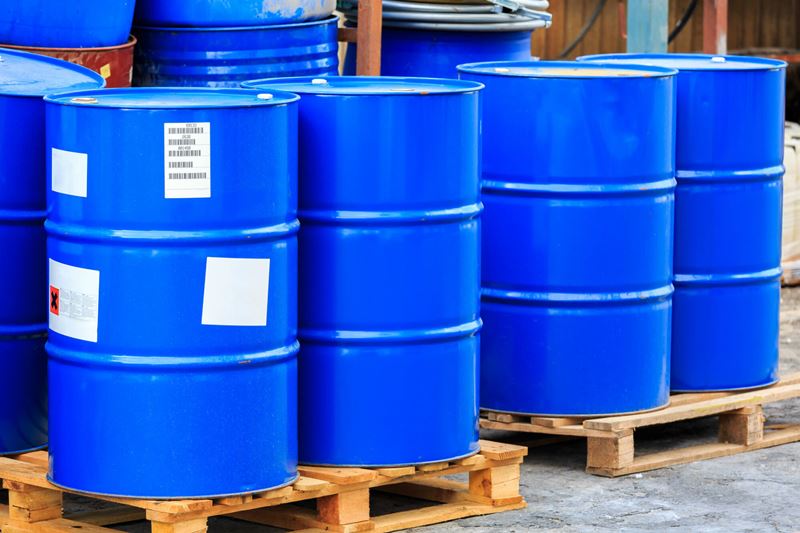Hazardous Materials

Need Assistance?
Call us at 562.394.2974 or click the button below to schedule a FREE, no-obligation assessment from a Professional Consultant.
L&M Environmental recognizes the importance of well-managed plans and countermeasures in handling HAZMAT incidents to prevent workplace disasters. Depending on the quantity and type of hazardous materials at your facility, we can assist in developing various plans such as spill prevention, emergency response, and Hazardous Materials Business Plans (HMBPs). Our goal is to ensure your compliance with local first responders and environmental health agencies' requirements. In addition to plan and permit development, we offer a range of Hazardous Material services, including inventory management, training, and reporting, to enhance workplace safety and regulatory compliance at your facility.
Hazardous Materials Business Plan (HMBP)
If your business has hazardous materials or hazardous waste on-site in amounts that meet or surpass the following specific thresholds at any point in the year, Hazardous Materials Business Plans (HMBPs) are mandatory:
- 55 gal. of liquid hazardous materials (one drum)
- 200ft³. of compressed gas (one large cylinder)
- 500 lbs. of solid hazardous materials
- Hazardous Materials Inventory
- Site Map
- Contingency Plan
The data is submitted online to the California Environmental Reporting System (CERS) and is reviewed and re-submitted annually. L&M Environmental provides short or long-term contracts to manage the Hazardous Materials Business Plan (HMBP)
CERS Reporting Services
The California Environmental Reporting System (CERS) is a web-based platform mandated by Assembly Bill 2286. It facilitates the electronic exchange of necessary Unified Program information among businesses, local governments, and the U.S. EPA. Regulated businesses and local Unified Program Agencies (UPAs) are obligated to electronically report and submit mandatory Unified Program information through CERS.
- HMPB - Updating and annual submittal
- Business Activities
- Hazardous Materials Inventory
- Site Map
- Emergency Response Plan
- Employee Training Plan
DTSC Reporting Services
- Waste tracking and reporting
- Biennial Reporting
- Yearly Electronic Verification Questionnaire
- Employee Training
Spill Prevention Control and Countermeasure Plan (SPCC)
If your facility stores oil in an Above Ground Storage Tank (AST) of 1320 gallons or more, or an Underground Storage Tank (UST) of 42,000 gallons or more, you likely need to create a Spill Prevention, Control, and Countermeasure (SPCC) plan to prepare for potential spills.
Oil-based products requiring an SPCC include:
- Petroleum
- Machine coolants (water-soluble synthetic cutting fluids used in CNC machines, mills, lathes etc.
- Fuel oil
- Sludge
- Oil refuse
- Fats
- Greases or oils of animal, fish or marine mammal origin
- Vegetable oils
- Synthetic oils
- Mineral oils
If a facility has less than 10,000 gallons of cumulative storage capacity, they should complete a self-certified "Tier I" plan. For facilities with over 10,000 gallons, a "Tier II" plan is required, which must be reviewed and certified by a Professional Engineer (PE). SPCC plans need evaluation and resubmission every five years. L&M Environmental can create a customized plan for your facility or review an existing one to ensure ongoing compliance.
Sign up for our Newsletter!
Stay up with environmental news, and special offers from us!
